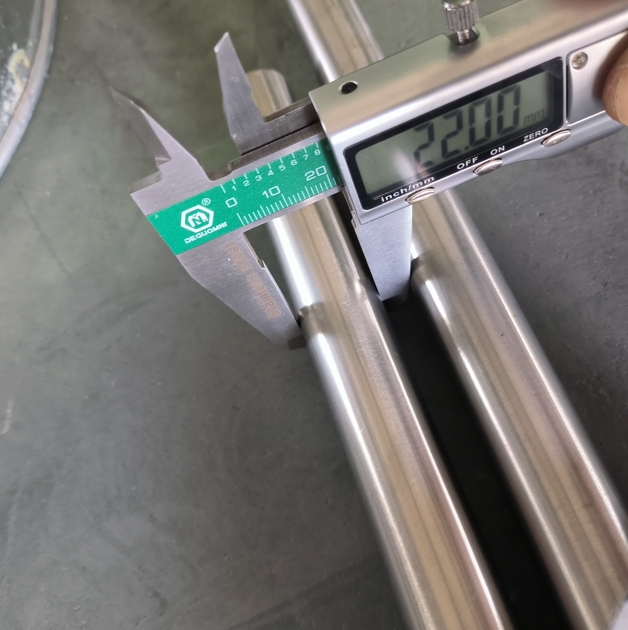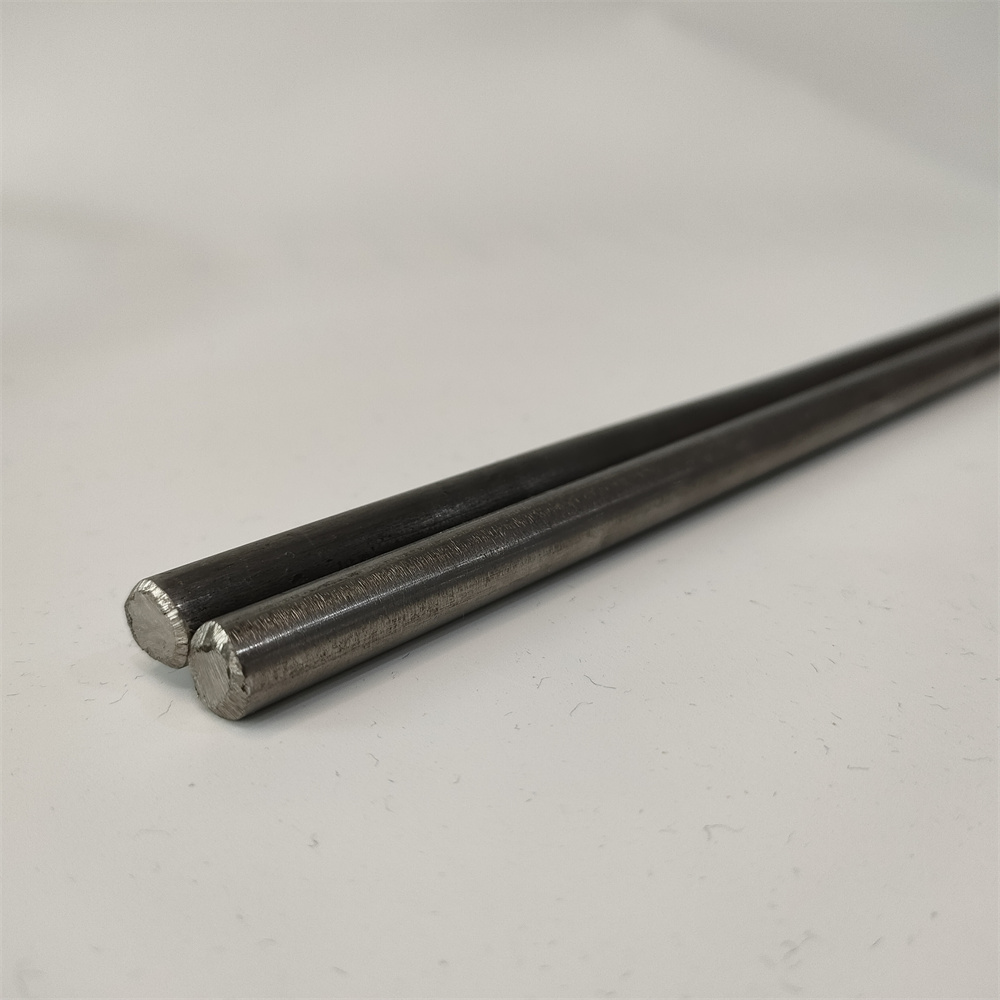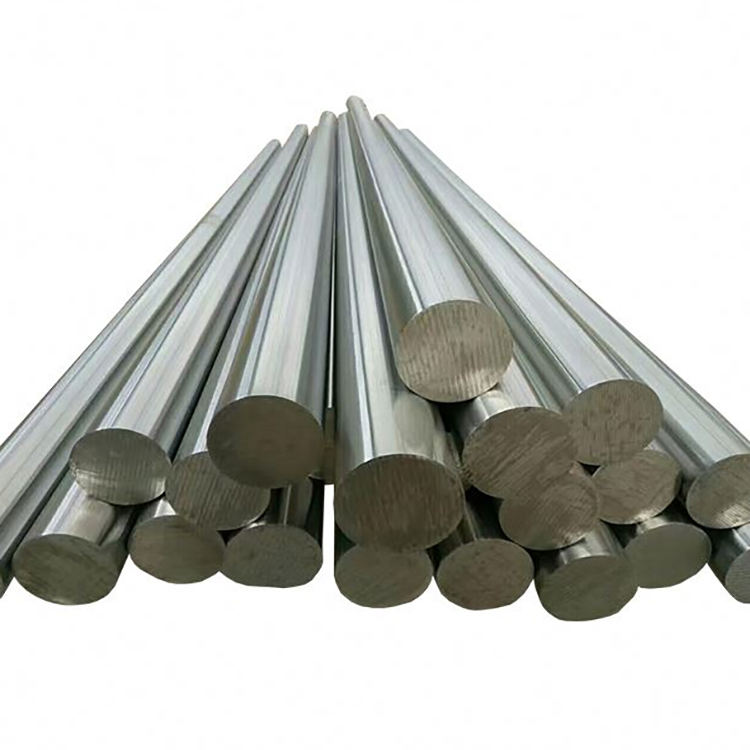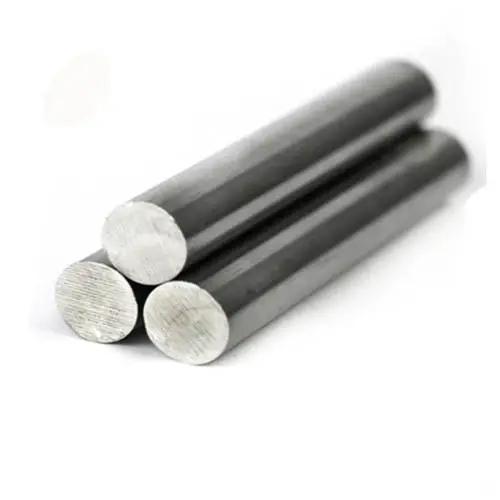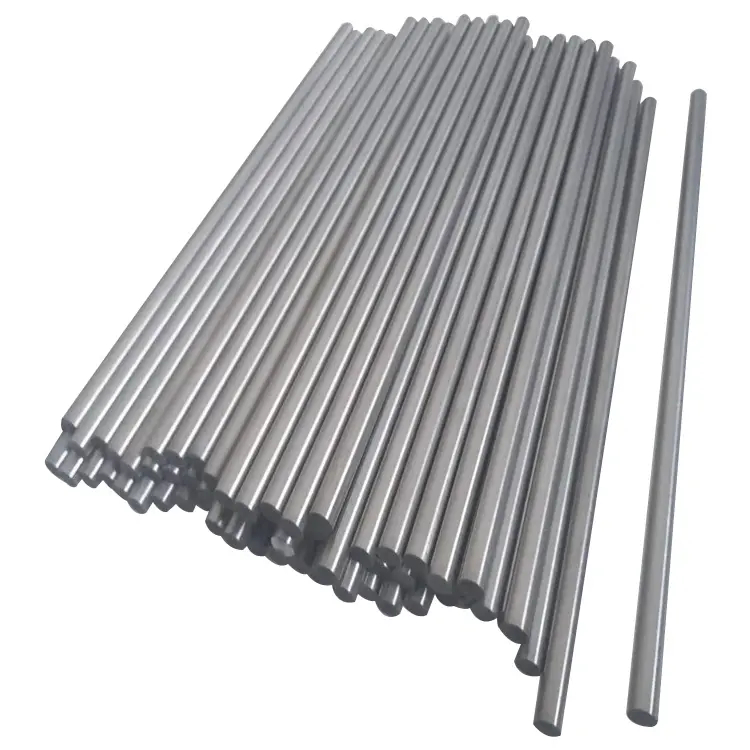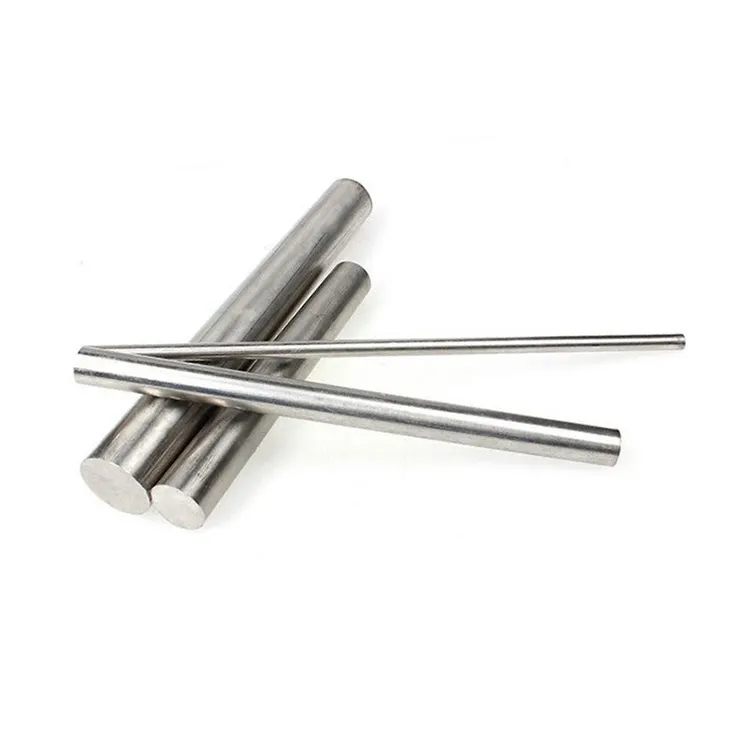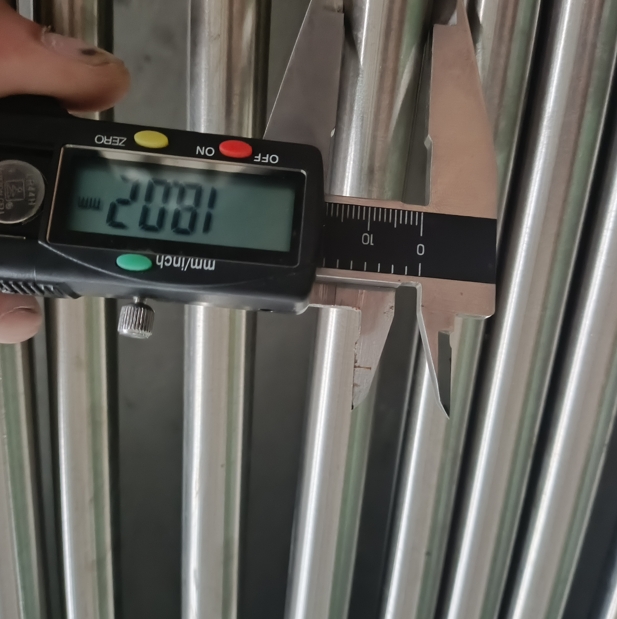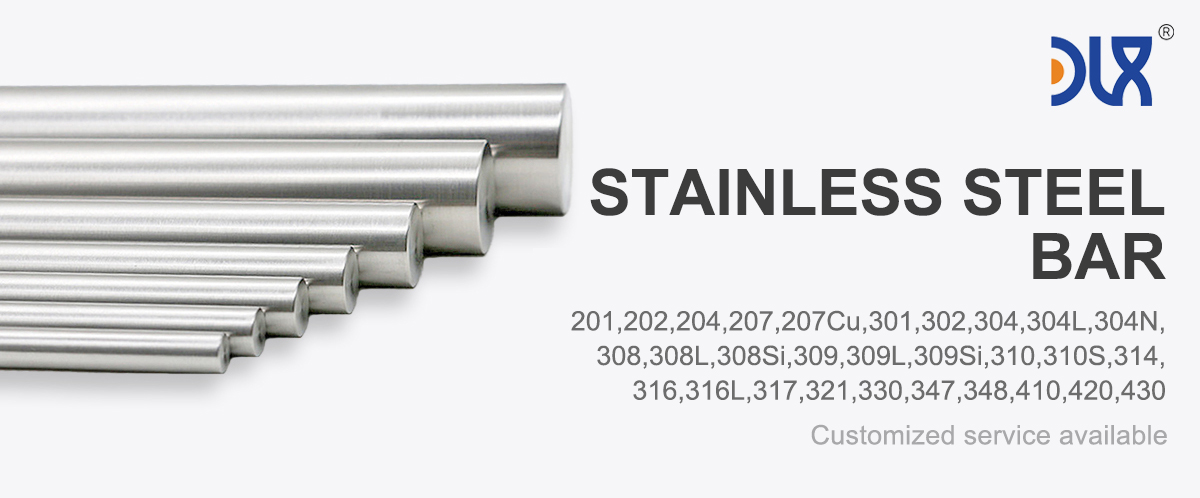
Our biocompatible 17-4PH stainless steel rod is a powerhouse for medical device manufacturing, delivering the strength and reliability that healthcare demands. This isn’t your average alloy—it’s a precipitation-hardening stainless steel designed for high-performance applications, from surgical tools to temporary implants. With its unique blend of strength, corrosion resistance, and versatility, our 17-4PH rod is built to meet the needs of cutting-edge medical technology. We’ve dialed in our production to ensure every rod meets ASTM F899 and medical-grade standards, giving manufacturers the confidence to create devices that save lives.
The strength of our 17-4PH stainless steel rod comes from its carefully balanced composition. Packed with 15-17.5% chromium, 3-5% nickel, and 3-5% copper, plus a low carbon content of under 0.07%, it’s engineered for durability. Heat treatment lets us tweak its properties, achieving tensile strengths of 930-1100 MPa and hardness up to 44 HRC, making it one of the toughest medical-grade materials out there. This strength-to-weight ratio is perfect for devices that need to handle high loads without breaking the bank. Our rods are forged and finished with precision, ensuring consistent performance in the most demanding applications.
For more details, pls directly contact us.
When it comes to medical devices, corrosion resistance and biocompatibility are critical, and our 17-4PH rod delivers. The high chromium content forms a robust passive oxide layer, protecting against pitting and corrosion in harsh environments like sterilized surgical settings or bodily fluids. While it’s not the top choice for permanent implants due to slightly higher ion release compared to 316LVM, it’s ideal for temporary implants and tools, with studies showing minimal tissue reactivity for short-term use. Our electropolishing process creates a smooth, bacteria-resistant surface, reducing infection risks by up to 25%, according to clinical research, making it a go-to for sterile applications.
The medical device industry is on a tear, with global markets expected to hit $800 billion by 2030, driven by advances in robotics, minimally invasive procedures, and personalized medicine. Our 17-4PH stainless steel rod fits right in, offering a cost-effective, high-strength option for custom fabrication. Industry trends are leaning toward additive manufacturing, and our rods are optimized for 3D printing and CNC machining, enabling intricate designs for next-gen devices. Sustainability is also a big focus—our rods are fully recyclable, cutting down on waste and supporting eco-friendly manufacturing practices that hospitals and clinics are prioritizing.
Comparison of Medical Stainless Steel Grades, Materials, and Applications
|
Grade |
Composition |
Key Properties |
Corrosion Resistance |
Biocompatibility |
Applications |
Advantages |
Limitations |
|---|---|---|---|---|---|---|---|
|
316L |
Fe (60-70%), Cr (16-18%), Ni (10-14%), Mo (2-3%), C (<0.03%) |
Tensile: 485-620 MPa, Yield: 170-290 MPa, Elongation: 40-50%, Hardness: 95 HRB |
Excellent (passive oxide layer, resists pitting) |
High, minimal ion release, rare Ni sensitivity |
Bone plates, screws, stents, hip stems, dental implants |
Cost-effective, machinable, fatigue-resistant |
Possible Ni sensitivity, heavier than Ti |
|
304L |
Fe (65-74%), Cr (18-20%), Ni (8-10.5%), C (<0.03%) |
Tensile: 485-550 MPa, Yield: 170-240 MPa, Elongation: 40-55%, Hardness: 92 HRB |
Good, less resistant to pitting than 316L |
Moderate, higher Ni release risk |
Temporary implants, surgical tools, guidewires |
Affordable, easy to form, widely available |
Limited for long-term implants due to corrosion |
|
17-4 PH |
Fe (70-78%), Cr (15-17.5%), Ni (3-5%), Cu (3-5%), C (<0.07%) |
Tensile: 930-1100 MPa, Yield: 725-860 MPa, Hardness: 30-44 HRC |
Very good, but less than 316L in saline |
Good, but less biocompatible than 316L |
Load-bearing implants, surgical instruments |
High strength, heat-treatable, durable |
Complex processing, less corrosion-resistant |
|
420 |
Fe (80-90%), Cr (12-14%), C (0.15-0.4%) |
Tensile: 700-950 MPa, Yield: 340-450 MPa, Hardness: 45-50 HRC |
Moderate, prone to pitting in body fluids |
Moderate, not ideal for long-term implants |
Cutting tools, temporary pins, dental drills |
High hardness, wear-resistant, sharpenable |
Poor corrosion resistance for permanent use |
|
440C |
Fe (78-85%), Cr (16-18%), C (0.95-1.2%) |
Tensile: 760-1000 MPa, Yield: 450-600 MPa, Hardness: 56-60 HRC |
Moderate, better than 420 but less than 316L |
Limited, high carbon affects biocompatibility |
Surgical blades, high-wear tools |
Extremely hard, excellent edge retention |
Not suitable for long-term implants |
|
F138 (316LVM) |
Fe (60-70%), Cr (17-19%), Ni (13-15%), Mo (2.25-3.5%), C (<0.03%) |
Tensile: 490-690 MPa, Yield: 190-300 MPa, Elongation: 40-50%, Hardness: 95 HRB |
Superior, optimized for medical use |
Excellent, lowest ion release, vacuum-melted |
Orthopedic implants, cardiovascular stents |
Enhanced purity, top biocompatibility |
Higher cost than standard 316L |
|
303 |
Fe (65-75%), Cr (17-19%), Ni (8-10%), S (0.15-0.35%) |
Tensile: 500-620 MPa, Yield: 240-290 MPa, Elongation: 35-50%, Hardness: 90 HRB |
Moderate, sulfur reduces corrosion resistance |
Moderate, not ideal for permanent implants |
Machined components, non-implant devices |
Excellent machinability, cost-effective |
Not suitable for long-term implants |
|
Nitronic 60 |
Fe (60-70%), Cr (16-18%), Ni (8-9%), Mn (7-9%), N (0.08-0.18%) |
Tensile: 620-793 MPa, Yield: 345-414 MPa, Hardness: 95-100 HRB |
Very good, resists galling and wear |
Good, but less studied for implants |
Wear-resistant implants, joint components |
High wear resistance, galling resistance |
Limited medical use, higher cost |
For more details, pls directly contact us.
Challenges in the industry include corrosion risks, with about 5% of stainless steel device failures tied to prolonged exposure to saline environments. We’re tackling this with advanced coatings, like ceramic or bioactive layers, that boost corrosion resistance by 20-30%, based on recent studies. Regulatory bodies like the FDA and ISO 13485 are tightening standards, requiring extensive mechanical and biocompatibility testing. Our rods exceed these requirements, with every batch undergoing ultrasonic testing and chemical analysis to ensure compliance. The push for nickel-free materials is growing due to allergy concerns in 10-15% of patients, and while our 17-4PH contains low nickel, its precipitation-hardening process minimizes release, keeping it safe for most applications.
Applications for our 17-4PH stainless steel rod are wide-ranging, making it a versatile choice for medical device manufacturers. In surgical settings, it’s used for high-strength instruments like forceps, retractors, and bone drills, where its hardness ensures durability through repeated sterilization cycles. For temporary orthopedic implants, like fracture pins or trauma plates, its excellent fatigue strength handles cyclic loads without cracking. Diagnostic equipment benefits too—our rods form precision components in endoscopes and imaging devices, where corrosion resistance is key. We’re also seeing growing use in veterinary surgery, with 17-4PH rods crafting tools and implants for animal care, proving its adaptability across species.
Comparing ourselves to the market, our 17-4PH stainless steel rod stands out for its quality and customization. We source premium raw materials, using controlled melting to reduce impurities by up to 200% compared to standard alloys. Our heat-treatment processes are fine-tuned to deliver tailored hardness and strength, ensuring tools and implants perform under pressure. Unlike generic suppliers, we maintain tolerances as tight as ±0.003 inches, perfect for micro-machined components in robotic surgery tools. Every rod is tested for hardness, tensile properties, and ASTM F899 compliance, guaranteeing zero defects.
Customization is a major strength. Need a rod with specific strength for a surgical retractor or a polished finish for a diagnostic probe? We deliver tailored solutions in days, keeping your production on track. Our surface treatments, like passivation and electropolishing, enhance corrosion resistance and biocompatibility, reducing bacterial adhesion and improving device safety. Cost-wise, our 17-4PH rods offer high performance at a lower price than titanium or cobalt-chrome, making advanced devices more accessible. Our material experts provide hands-on support, helping you integrate our rods into complex designs, saving you time and R&D costs.
Looking ahead, the medical device industry is embracing AI-driven design and smart implants, and our 17-4PH rods are ready for the challenge. They’re compatible with cutting-edge manufacturing like laser sintering, enabling innovative device geometries. We’re investing in antimicrobial coatings that could cut infection rates by 15%, addressing a key concern in surgical settings. With healthcare costs on the rise, our rods provide a budget-friendly option without sacrificing quality, helping clinics deliver better care. Their durability—lasting through thousands of sterilization cycles for tools—reduces replacement costs, improving ROI for manufacturers.
Comparison Parameters Table
| Parameter | 17-4PH Stainless Steel | 316LVM Stainless Steel | Titanium (Ti-6Al-4V) | Cobalt-Chrome (Co-Cr) |
|---|---|---|---|---|
| Density (g/cm³) | 7.7-7.8 | 7.9-8.0 | 4.4-4.5 | 8.3-9.2 |
| Elastic Modulus (GPa) | 200 | 193 | 110-114 | 210-240 |
| Yield Strength (MPa) | 725-860 | 190-300 | 800-900 | 450-1000 |
| Tensile Strength (MPa) | 930-1100 | 490-690 | 900-1000 | 900-1200 |
| Hardness (HRC) | 30-44 | ~20 HRC (95 HRB) | ~36 HRC | 30-40 HRC |
| Corrosion Resistance | Very good (strong oxide layer) | Superior (vacuum-melted) | Superior in body fluids | Very good, but ion release risk |
| Biocompatibility | Good, suited for temporary use | Excellent, low ion release | Excellent, low reactivity | Good, but Co ion concerns |
| Cost | Moderate | Moderate | Medium | High |
| Common Applications | Surgical tools, temporary pins | Implants, stents | Joint replacements | Bearings, dental crowns |
| Fatigue Strength | Excellent for cyclic loads | Excellent | Excellent | Superior |
In short, our biocompatible 17-4PH stainless steel rod is a cornerstone for medical device innovation. From life-saving surgical instruments to reliable temporary implants, it’s built to perform where strength and precision matter most. We’re committed to pushing the boundaries, whether through cleaner alloys, smarter finishes, or faster delivery. As the medical field evolves, our rods are at the forefront, enabling manufacturers to create devices that transform lives with confidence.
For more details, pls directly contact us.


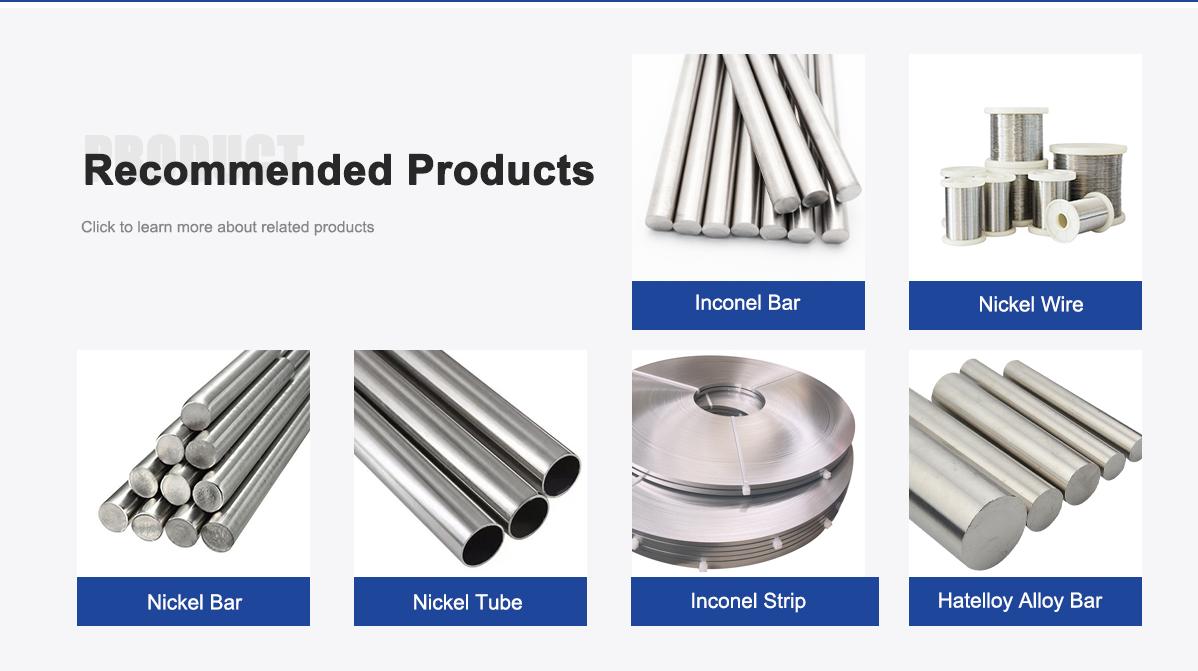
About Us:
Our 12,000㎡ factory is equipped with complete capabilities for research, production, testing, and packaging. We strictly adhere to ISO 9001 standards in our production processes, with an annual output of 1,200 tons. This ensures that we meet both quantity and quality demands. Furthermore, all products undergo rigorous simulated environment testing including high temperature, high pressure, and corrosion tests before being dispatched, ensuring they meet customer specifications.
For all our clients, we offer timely and multilingual after-sales support and technical consulting, helping you resolve any issues swiftly and efficiently.

Client Visits
Building Stronger Partnerships

We support all kinds of testing:


FAQs:
-
What is the composition of 17-4PH stainless steel?
It contains iron (70-78%), chromium (15-17.5%), nickel (3-5%), copper (3-5%), manganese (≤1%), silicon (≤1%), and carbon (<0.07%). -
What are the key mechanical properties of 17-4PH stainless steel for medical devices?
Tensile strength ranges from 930-1100 MPa, yield strength from 725-860 MPa, hardness from 30-44 HRC, and elongation from 10-18%. -
How is 17-4PH stainless steel used in medical devices?
It’s used for surgical instruments like forceps and retractors, temporary orthopedic implants like pins, and high-strength components in diagnostic equipment. -
What makes 17-4PH stainless steel corrosion-resistant in medical applications?
Its high chromium content forms a passive oxide layer, offering strong resistance to pitting and corrosion in sterilized or bodily fluid environments. -
What are current industry trends for 17-4PH stainless steel in medical devices?
Trends include advanced heat treatments for tailored strength, surface coatings for improved biocompatibility, and use in additive manufacturing for custom parts. -
Is 17-4PH stainless steel biocompatible for medical use?
It has good biocompatibility for temporary implants and tools, though less suitable for permanent implants compared to austenitic grades like 316LVM. -
What advantages does 17-4PH stainless steel have over other materials?
It offers higher strength than 316L, better corrosion resistance than 440C, and is more cost-effective than titanium for high-load medical applications. -
How does 17-4PH stainless steel support sustainability in medical manufacturing?
Its recyclability, durability, and efficient production minimize waste and reduce the need for frequent device replacements, aligning with green initiatives.

